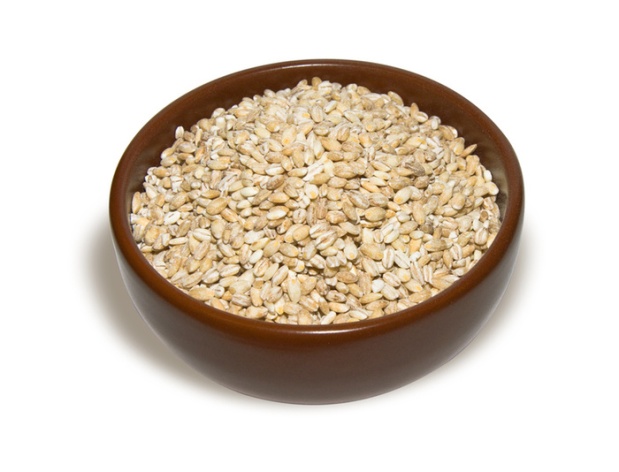– Dr. Monzur Ahmed
The honey bee exhibits a combination of individual traits and social co-operation which is unparalleled in the animal kingdom. A glimpse into the nest makes it apparent why honey bees have fascinated us from the earliest days of scientific observations. The infrastructure of the nest, the perfectly uniform and functional comb, is composed of beeswax and is constructed into a repeating series of almost perfect hexagonal cells.
At the individual level, honey bees have not one but three types of colony members: queens, drones and workers, each with their own specialisations and place in honey bee society. The queen reigns over the nest, surrounded by attendants and fed the rich food she requires to perform her few but crucial tasks in the colony. The queen produces powerful pheromones, chemical signals to recipient workers which control many of their behaviours and provide part of the ‘social glue’ which holds honey bee life together. A highly organised social structure exists within the colony and elaborate ‘dances’ are used to communicate the location of food sources.

Three types of colony member
The products of the hive are important to the modern agricultural system. Not only do honey bees provide us with honey, wax, propolis, royal jelly and pollen but they also pollinate a good portion of our crops, including such diverse agricultural plants as fruit trees, oilseeds, small berries and forage crops.

Royal jelly
Honey is a remarkable viscous liquid, prepared by the bees from the nectars of various plants. It has occupied a prominent place in traditional medicines throughout world history. The ancient Egyptians, Assyrians, Chinese, Greeks and Romans employed honey for wounds and diseases of the gut.

Honey is a gold colored liquid
Both the holy Qur’an and Hadith refer to honey as a healer of disease.
‘And thy Lord taught the bee to build its cells in hills, on trees and in (men’s) habitations….. there issues from within their bodies a drink of varying colours, wherein is healing for mankind. Verily in this is a Sign for those who give thought’.
(Translation of Quran 16:68-69)
In addition, the Prophet (PBUH) said:
‘Honey is a remedy for every illness and the Qur’an is a remedy for all illness of the mind, therefore I recommend to you both remedies, the Qur’an and honey.’
(Bukhari)
The reader may be surprised to learn that the above quotation from the Qur’an is mentioned in a well known encyclopedia on honey (reference 3).
In recent years, scientific support is beginning to emerge confirming the beneficial effects of honey on certain medical and surgical conditions. These effects may be summarised as follows:
Antibacterial and antifungal properties
These properties of honey are well established. Undiluted honey inhibits the growth of bacteria such as Staphylococcus aureus, certain gut pathogens and fungi such as Candida albicans. At a concentration of 30-50%, honey has been shown to be superior to certain conventional antibiotics in treating urinary tract infections. The exact mechanism of the anti-microbial effect of honey remains obscure. Low pH, osmotic disruption of pathogens and the
presence of bactericidal substances, collectively called inhibine may all play a part.
Anti-diarrhoeal properties
At a concentration of 40%, honey has a bactericidal effect on various gut bacteria known to cause diarrhoea and dysentery such as Salmonella, Shigella, enteropathogenic E. coli and Vibrio cholera. In one study, honey given with oral rehydration fluid was shown to reduce the duration of bacterial diarrhoea in infants and children.

Honey has wound healing abilities
Wound-healing and anti-inflammatory properties
Honey is of value in treating burns, infected surgical wounds and decubitus ulcers. Honey is very viscous, enabling it to absorb water from surrounding inflamed tissue. For example, a study in West Africa showed that skin grafting, surgical debridement and even amputation were avoided when local application of honey to wound promoted healing, whereas conventional treatment failed.
In another study, wound healing was accelerated by application of honey in women who had undergone radical vulvectomy for vulval cancer. Also, it has been suggested that honey may be useful in the treatment of chronic, foul smelling ulcers seen in leprosy.
Anti-tussive and expectorant properties
These anti-cough properties of honey are related to its capacity to dilute bronchial secretions and improve the function of the bronchial epithelium.
Nutritional properties
Uncontaminated honey is a healthy, easily digestible, natural and energy rich food. It contains carbohydrates, proteins, lipids, enzymes and vitamins. One tablespoon of honey provides 60 calories and contains 11g of carbohydrates, 1mg of calcium, 0.2mg of iron, 0.lmg of vitamin B and 1mg of vitamin C.

Honey is widely available in most communities but its medical potential remains grossly underutilised. Its mode of action remains incompletely understood and the healing properties of honey in other clinical and laboratory situations requires further evaluation. The miraculous beneficial properties of honey, so beautifully ex-pressed in the holy Qur’an and Sunnah 14 centuries ago expose the reluctance of modern science to accept and exploit this ‘traditional remedy‘.
Selected References:
Ali A.T.M.M. (1989) The Pharmacological Characterization and the Scientific Basis of the Hidden Miracles of Honey; Saudi Medical Journal 10(3):177-179
Zumla A. and Lulat A. (1989) Honey- a remedy rediscovered; J Royal Soc Med 82:384-385
Crane E. (1975) Honey: a comprehensive survey;London, Heineman
Winston M.L. (1987) The Biology of the Honey Bee;London, Harvard University Press











